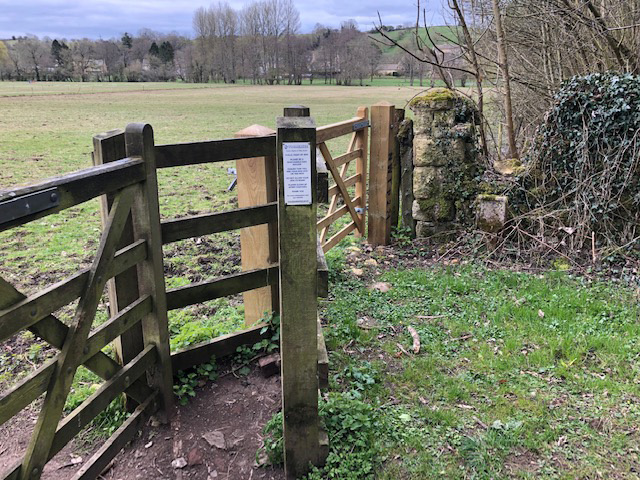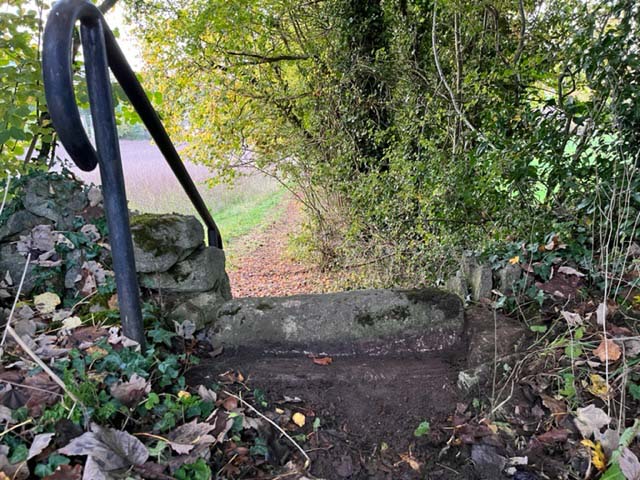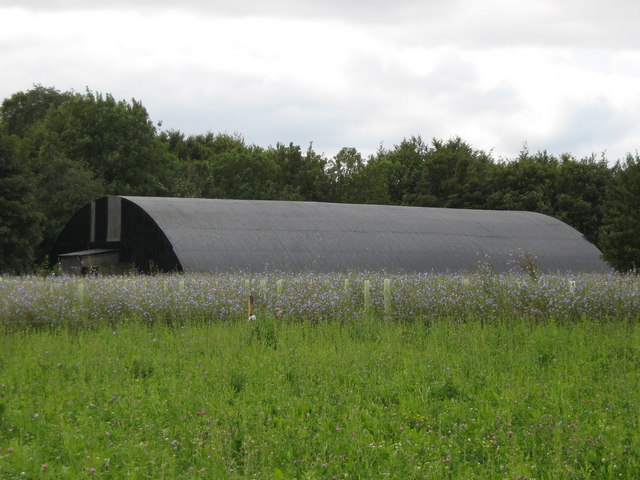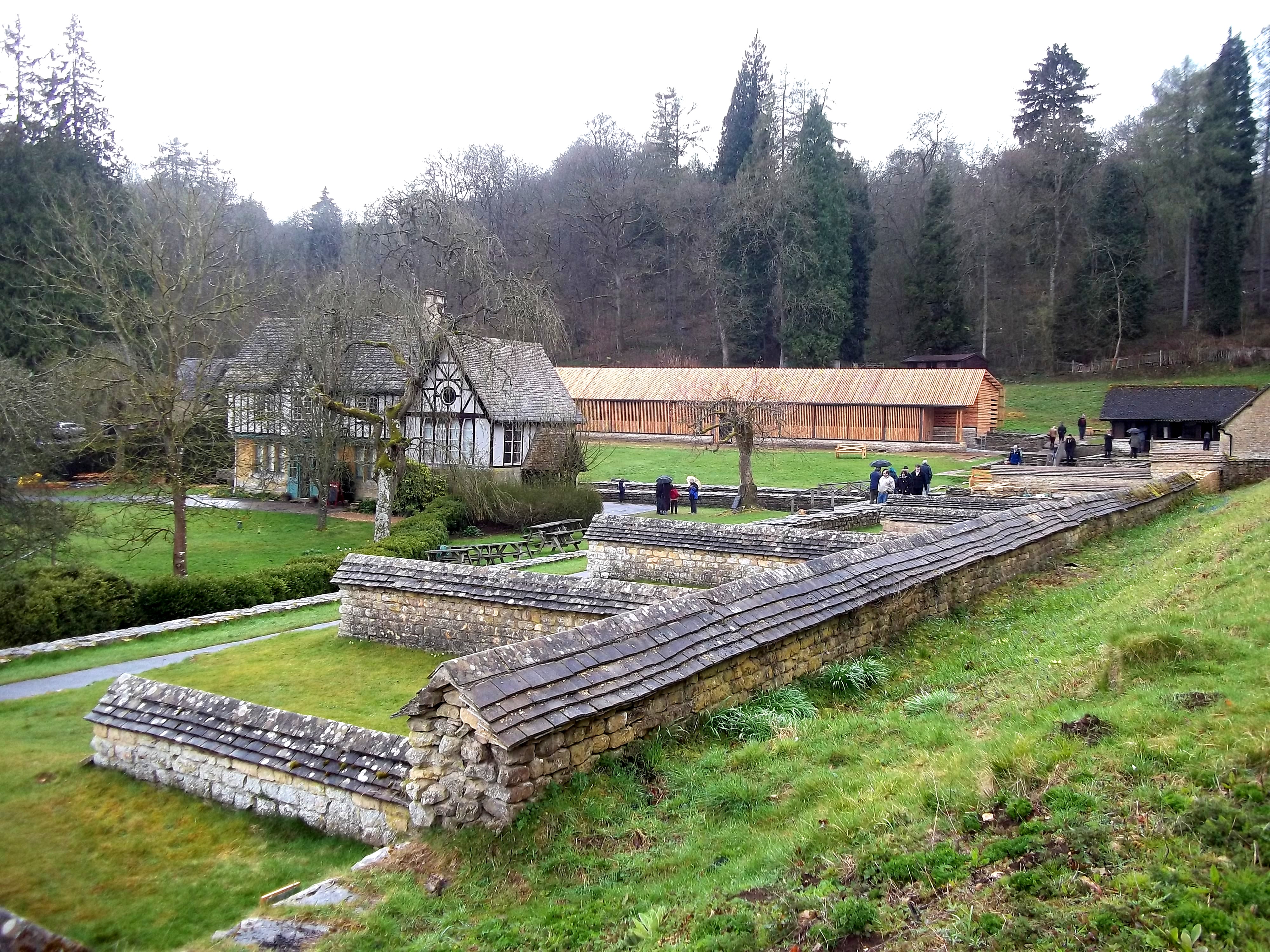Cassey Compton
Settlement in Gloucestershire Cotswold
England
Cassey Compton
![Chedworth Roman Villa [2] The villa is located next to a natural spring, around which was later built an apsidal shrine to the water-nymphs.
Chedworth Roman Villa is a large and elaborate Roman villa and was occupied well beyond the Roman period. Built in phases from the 2nd century to the 5th century, it was an elite dwelling around three sides of a courtyard. The villa is in the care of the National Trust. The site is a Scheduled Ancient Monument with details at: <span class="nowrap"><a title="https://historicengland.org.uk/listing/the-list/list-entry/1003324" rel="nofollow ugc noopener" href="https://historicengland.org.uk/listing/the-list/list-entry/1003324">Link</a><img style="margin-left:2px;" alt="External link" title="External link - shift click to open in new window" src="https://s1.geograph.org.uk/img/external.png" width="10" height="10"/></span>](https://s2.geograph.org.uk/geophotos/07/00/02/7000226_fb90f89b.jpg)
Cassey Compton is a small village located in the Cotswolds region of Gloucestershire, England. Situated about 6 miles southwest of Cheltenham, this rural settlement is nestled amidst picturesque countryside, offering residents and visitors a tranquil and idyllic setting.
The village is known for its charming and traditional Cotswold stone cottages, which give it a distinct and timeless character. This architectural style is prevalent throughout the area, contributing to the village's overall charm and appeal. Cassey Compton boasts a strong sense of community, with a close-knit population that takes pride in maintaining the village's rural atmosphere.
While Cassey Compton may be small, it is not devoid of amenities. The village is home to a local pub, which serves as a social hub for both residents and visitors. Additionally, there are several footpaths and bridleways that crisscross the surrounding countryside, providing ample opportunities for outdoor activities such as walking, cycling, and horseback riding.
Due to its location in the Cotswolds, Cassey Compton offers easy access to the wider region's attractions. Nearby towns such as Cheltenham and Gloucester provide a range of services, including shopping, dining, and cultural events. Additionally, the Cotswolds Area of Outstanding Natural Beauty is within reach, offering stunning landscapes, historic landmarks, and charming villages to explore.
In conclusion, Cassey Compton is a quintessential Cotswold village that exudes charm and tranquility. With its scenic surroundings, tight-knit community, and access to amenities and attractions, it is an ideal location for those seeking a rural lifestyle in the heart of the English countryside.
If you have any feedback on the listing, please let us know in the comments section below.
Cassey Compton Images
Images are sourced within 2km of 51.833598/-1.9433549 or Grid Reference SP0415. Thanks to Geograph Open Source API. All images are credited.
![Chedworth Roman Villa [2] The villa is located next to a natural spring, around which was later built an apsidal shrine to the water-nymphs.
Chedworth Roman Villa is a large and elaborate Roman villa and was occupied well beyond the Roman period. Built in phases from the 2nd century to the 5th century, it was an elite dwelling around three sides of a courtyard. The villa is in the care of the National Trust. The site is a Scheduled Ancient Monument with details at: <span class="nowrap"><a title="https://historicengland.org.uk/listing/the-list/list-entry/1003324" rel="nofollow ugc noopener" href="https://historicengland.org.uk/listing/the-list/list-entry/1003324">Link</a><img style="margin-left:2px;" alt="External link" title="External link - shift click to open in new window" src="https://s1.geograph.org.uk/img/external.png" width="10" height="10"/></span>](https://s2.geograph.org.uk/geophotos/07/00/02/7000226_fb90f89b.jpg)
![Chedworth Roman Villa [3] Part of the remains of the bath house.
Chedworth Roman Villa is a large and elaborate Roman villa and was occupied well beyond the Roman period. Built in phases from the 2nd century to the 5th century, it was an elite dwelling around three sides of a courtyard. The villa is in the care of the National Trust. The site is a Scheduled Ancient Monument with details at: <span class="nowrap"><a title="https://historicengland.org.uk/listing/the-list/list-entry/1003324" rel="nofollow ugc noopener" href="https://historicengland.org.uk/listing/the-list/list-entry/1003324">Link</a><img style="margin-left:2px;" alt="External link" title="External link - shift click to open in new window" src="https://s1.geograph.org.uk/img/external.png" width="10" height="10"/></span>](https://s1.geograph.org.uk/geophotos/07/00/02/7000229_2c96be80.jpg)
![Chedworth Roman Villa [4] The plaque describes this as &#039;a multi-purpose heated room&#039;.
Chedworth Roman Villa is a large and elaborate Roman villa and was occupied well beyond the Roman period. Built in phases from the 2nd century to the 5th century, it was an elite dwelling around three sides of a courtyard. The villa is in the care of the National Trust. The site is a Scheduled Ancient Monument with details at: <span class="nowrap"><a title="https://historicengland.org.uk/listing/the-list/list-entry/1003324" rel="nofollow ugc noopener" href="https://historicengland.org.uk/listing/the-list/list-entry/1003324">Link</a><img style="margin-left:2px;" alt="External link" title="External link - shift click to open in new window" src="https://s1.geograph.org.uk/img/external.png" width="10" height="10"/></span>](https://s3.geograph.org.uk/geophotos/07/00/02/7000231_9496d21a.jpg)
![Chedworth Roman Villa [5] One of the mosaic floors.
Chedworth Roman Villa is a large and elaborate Roman villa and was occupied well beyond the Roman period. Built in phases from the 2nd century to the 5th century, it was an elite dwelling around three sides of a courtyard. The villa is in the care of the National Trust. The site is a Scheduled Ancient Monument with details at: <span class="nowrap"><a title="https://historicengland.org.uk/listing/the-list/list-entry/1003324" rel="nofollow ugc noopener" href="https://historicengland.org.uk/listing/the-list/list-entry/1003324">Link</a><img style="margin-left:2px;" alt="External link" title="External link - shift click to open in new window" src="https://s1.geograph.org.uk/img/external.png" width="10" height="10"/></span>](https://s0.geograph.org.uk/geophotos/07/00/02/7000232_d57fa5a8.jpg)
![Chedworth Roman Villa [6] Part of a mosaic floor with the hypocaust underneath.
Chedworth Roman Villa is a large and elaborate Roman villa and was occupied well beyond the Roman period. Built in phases from the 2nd century to the 5th century, it was an elite dwelling around three sides of a courtyard. The villa is in the care of the National Trust. The site is a Scheduled Ancient Monument with details at: <span class="nowrap"><a title="https://historicengland.org.uk/listing/the-list/list-entry/1003324" rel="nofollow ugc noopener" href="https://historicengland.org.uk/listing/the-list/list-entry/1003324">Link</a><img style="margin-left:2px;" alt="External link" title="External link - shift click to open in new window" src="https://s1.geograph.org.uk/img/external.png" width="10" height="10"/></span>](https://s1.geograph.org.uk/geophotos/07/00/02/7000233_2a376324.jpg)











Cassey Compton is located at Grid Ref: SP0415 (Lat: 51.833598, Lng: -1.9433549)
Administrative County: Gloucestershire
District: Cotswold
Police Authority: Gloucestershire
What 3 Words
///broker.highlight.expecting. Near Northleach, Gloucestershire
Nearby Locations
Related Wikis
Nearby Amenities
Located within 500m of 51.833598,-1.9433549Have you been to Cassey Compton?
Leave your review of Cassey Compton below (or comments, questions and feedback).









